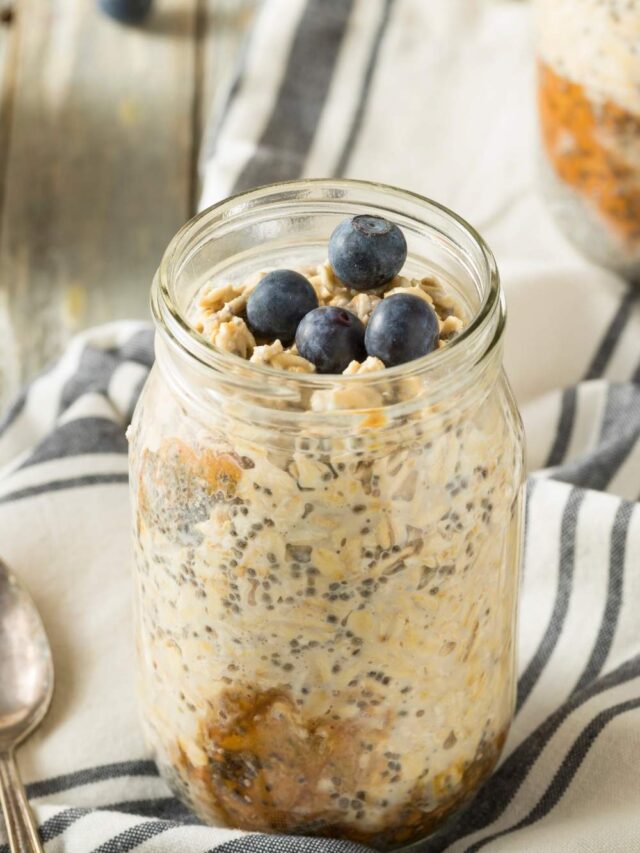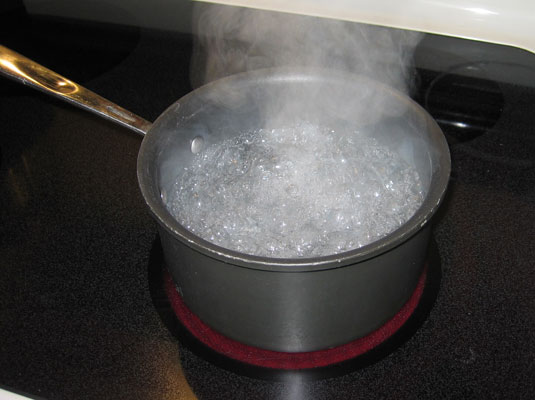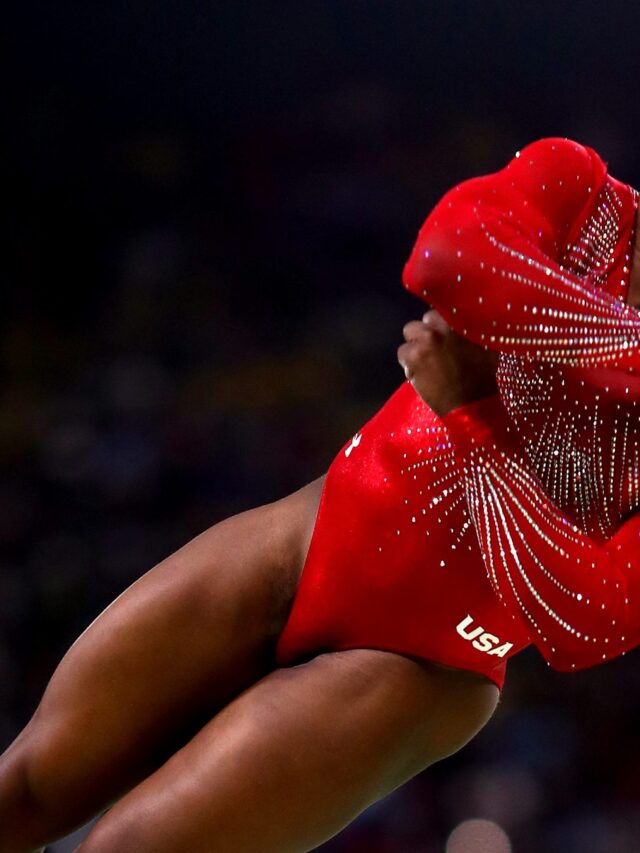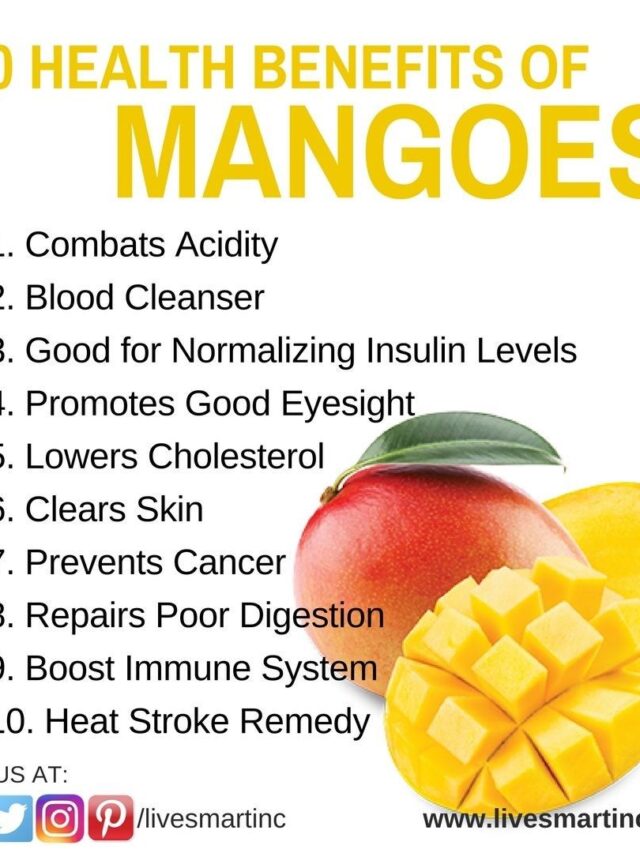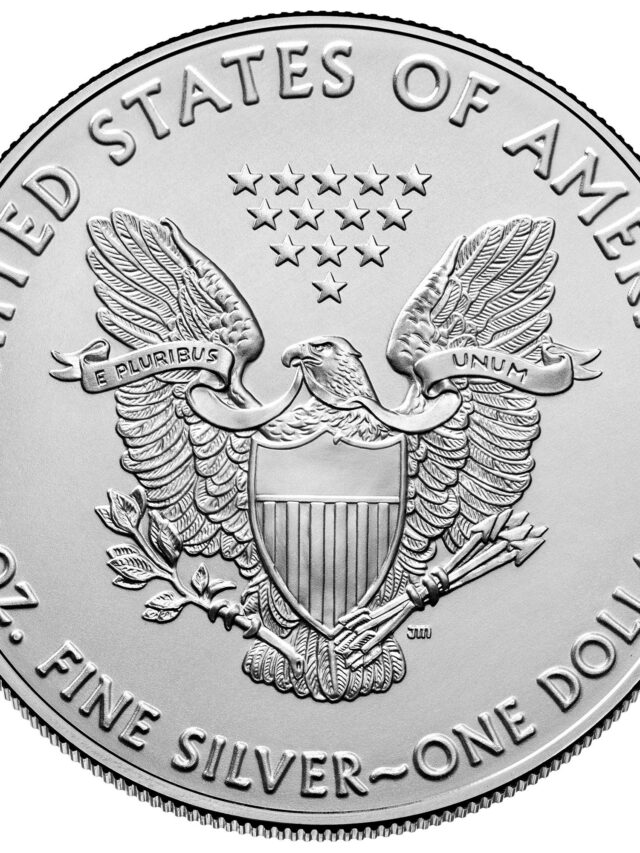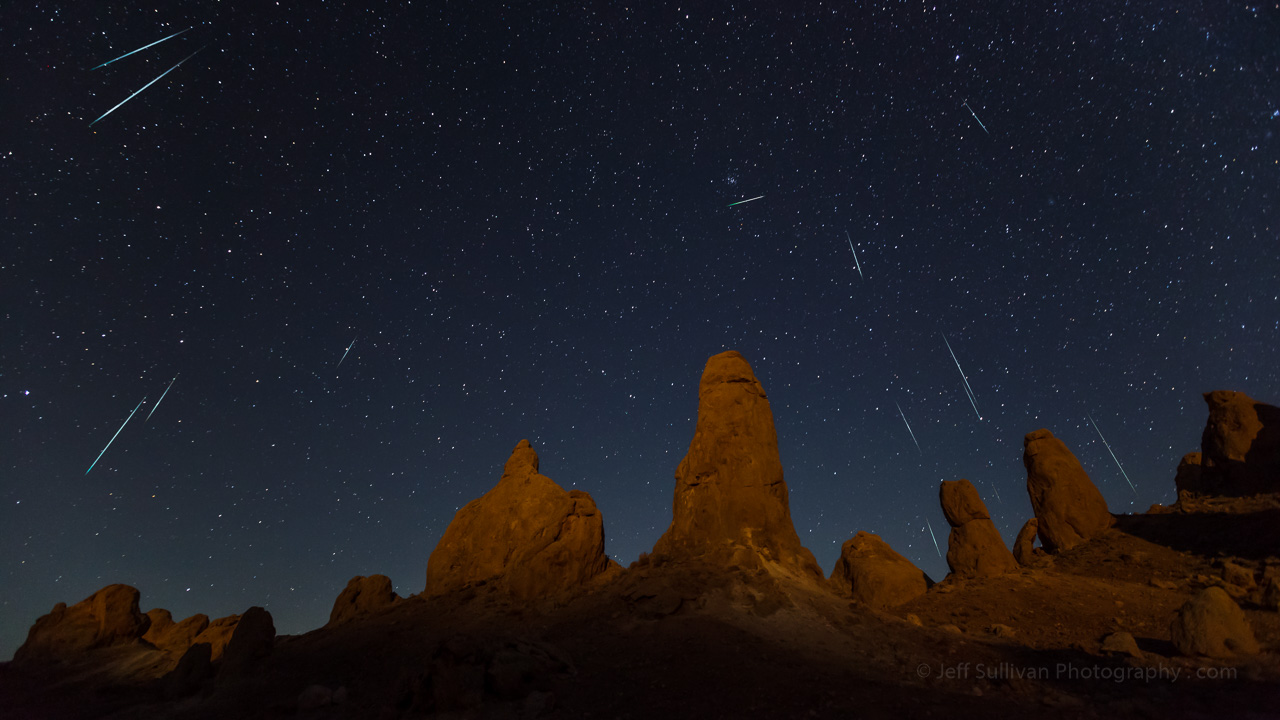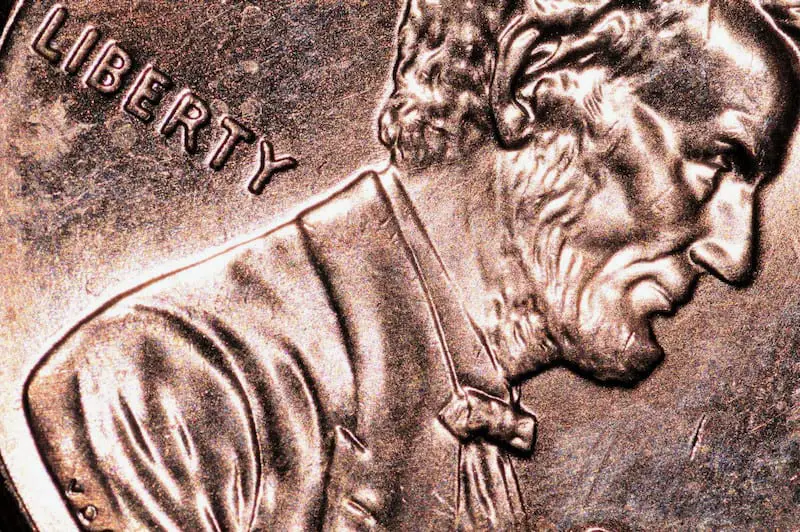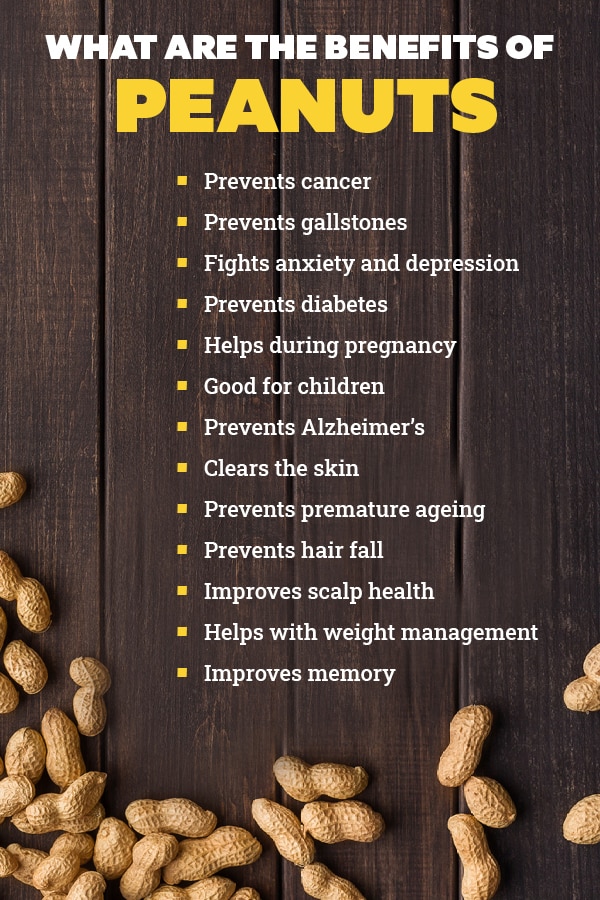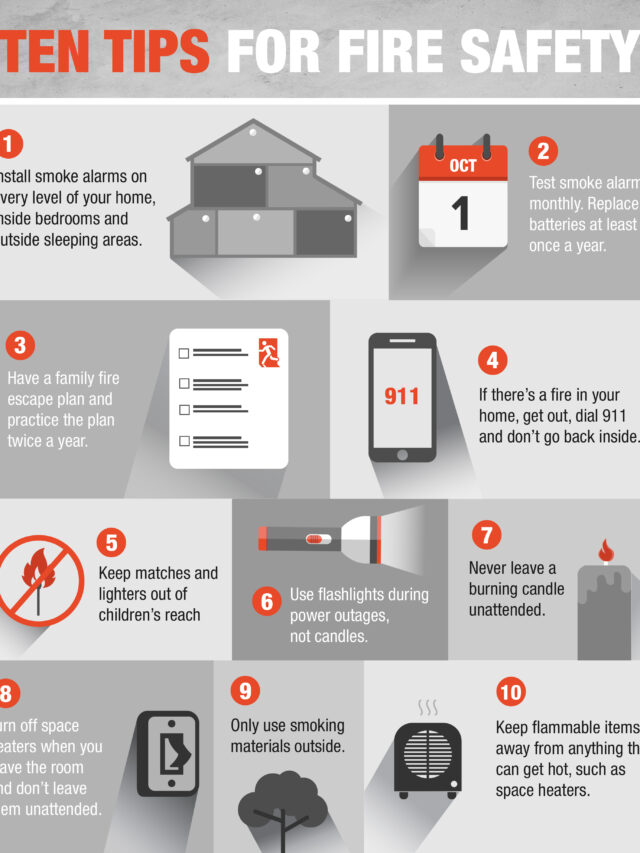Hummingbirds, with their dazzling colors and remarkable agility, are a delight to behold.
These tiny birds captivate our hearts with their energetic flights and insatiable appetites for nectar.
If you’re an avid bird watcher or simply enjoy the beauty of nature, attracting hummingbirds to your backyard can be a rewarding experience.
One of the most effective ways to invite these winged wonders into your garden is by setting up a hummingbird feeder.
However, the success of your feeder depends largely on its placement.
Finding the best location involves understanding the needs and behaviors of hummingbirds, as well as considering environmental factors and human influences.
In this comprehensive guide, we’ll explore the intricacies of determining the best place to put your hummingbird feeder.
Ensuring optimal visibility, safety, and accessibility for these remarkable birds.
Whether you’re a seasoned birder or a novice enthusiast, this article aims to provide you with the knowledge and insights needed to create a haven for hummingbirds in your own backyard.
Understanding Hummingbird Behavior and Preferences

Hummingbirds are territorial creatures with keen senses and specific preferences when it comes to feeding.
To attract them to your feeder, it’s essential to understand their behavior and preferences.
Hummingbirds are attracted to brightly colored flowers, so choosing a feeder with vibrant hues can increase its visibility.
Additionally, they prefer locations that offer shelter and security, such as near trees or shrubs where they can perch and rest between feeding sessions.
When selecting a location for your feeder, consider the surrounding environment and how it aligns with hummingbird preferences.
Avoid placing the feeder in areas with excessive noise or disturbance, as this can deter hummingbirds from frequenting the area.
Instead, opt for quiet, tranquil spots where they can feed undisturbed.
In their natural habitat, hummingbirds are drawn to brightly colored flowers that produce copious amounts of nectar.
Mimicking these conditions in your garden can greatly increase the likelihood of attracting them to your feeder.
Planting a variety of nectar-rich flowers, such as salvia, fuchsia, and trumpet vine, can create a welcoming environment that complements your feeder.
Assessing Sunlight and Shade
Sunlight plays a crucial role in attracting hummingbirds to your feeder.
These birds are ectothermic, meaning they rely on external sources of heat to regulate their body temperature.
As such, they are drawn to warm, sunny locations where they can bask in the sunlight while feeding.
When choosing a spot for your feeder, consider the amount of sunlight it receives throughout the day.
Ideally, you’ll want to place the feeder in an area that receives partial sunlight, as this provides the perfect balance of warmth and shade.
Direct sunlight for extended periods can cause the nectar to spoil more quickly.
So it’s essential to find a location that offers both sunlight and shade throughout the day.
This will not only attract hummingbirds but also ensure the longevity of your nectar.
Minimizing Predation and Competition

Hummingbirds face numerous threats in the wild, including predation from larger birds and competition from other hummingbirds.
To ensure the safety and well-being of the hummingbirds visiting your feeder, it’s crucial to minimize predation and competition.
One way to reduce predation is by placing the feeder in a location that offers natural cover, such as near trees or bushes.
This will allow hummingbirds to quickly retreat to safety if a predator approaches.
Additionally, you can install predator guards on your feeder, such as bee guards or ant moats, to deter unwanted visitors.
In terms of competition, it’s essential to provide enough space between feeders to prevent territorial disputes among hummingbirds.
If you have multiple feeders, space them out evenly throughout your garden to accommodate the needs of all visiting hummingbirds.
Considering Accessibility and Visibility
Accessibility and visibility are key factors in determining the success of your hummingbird feeder.
Hummingbirds have excellent vision and rely on visual cues to locate food sources.
Therefore, it’s essential to place your feeder in a location that is easily visible from a distance.
Choose a spot that offers unobstructed views of the feeder from various vantage points in your garden.
Avoid placing the feeder too close to windows or other reflective surfaces, as this can confuse hummingbirds and lead to collisions.
Instead, opt for open areas where the feeder can be easily seen and accessed by passing hummingbirds.
Other Stories You May Like
Conclusion
Setting up a hummingbird feeder can provide hours of entertainment and enjoyment as you observe these fascinating creatures up close.
By carefully considering factors such as hummingbird behavior, sunlight and shade, predation and competition, and accessibility and visibility.
You can determine the best place to put your feeder and attract a diverse array of hummingbirds to your garden.
With proper placement and maintenance, your feeder will serve as a beacon for these winged wonders, bringing joy and wonder to your outdoor space for years to come.


